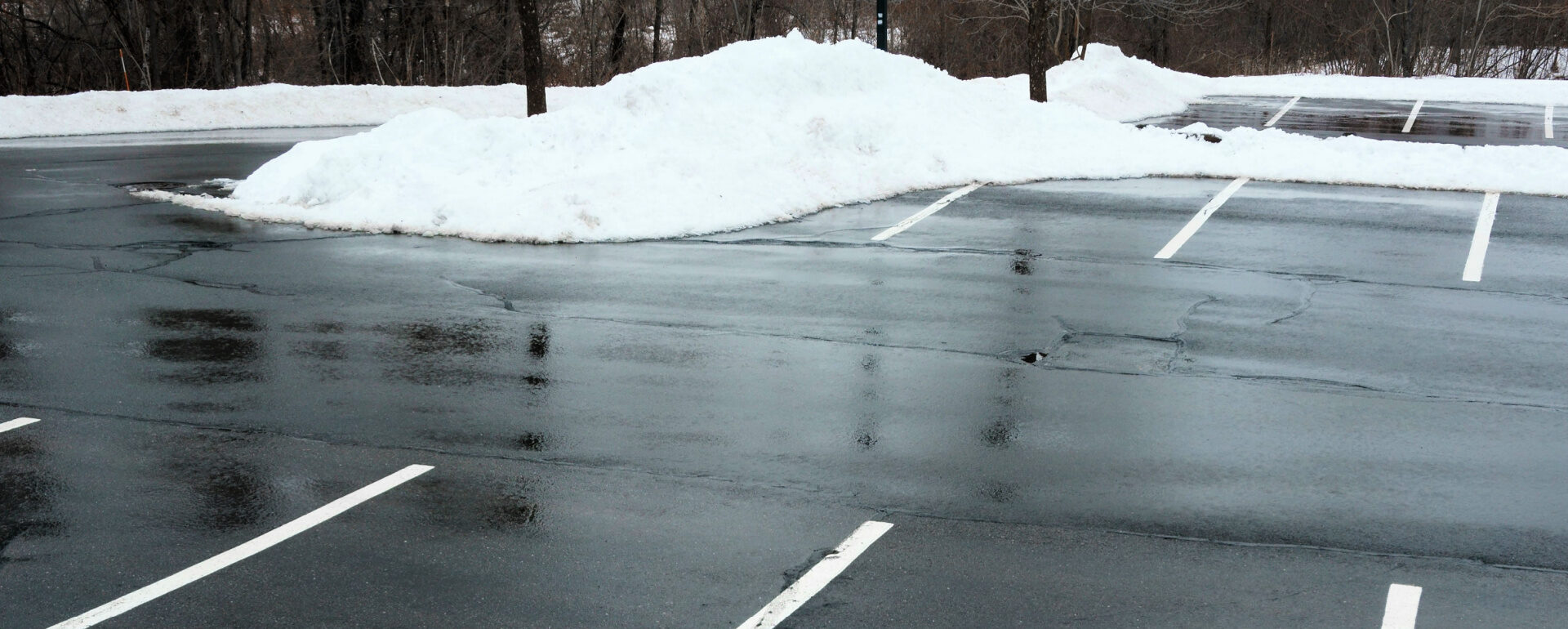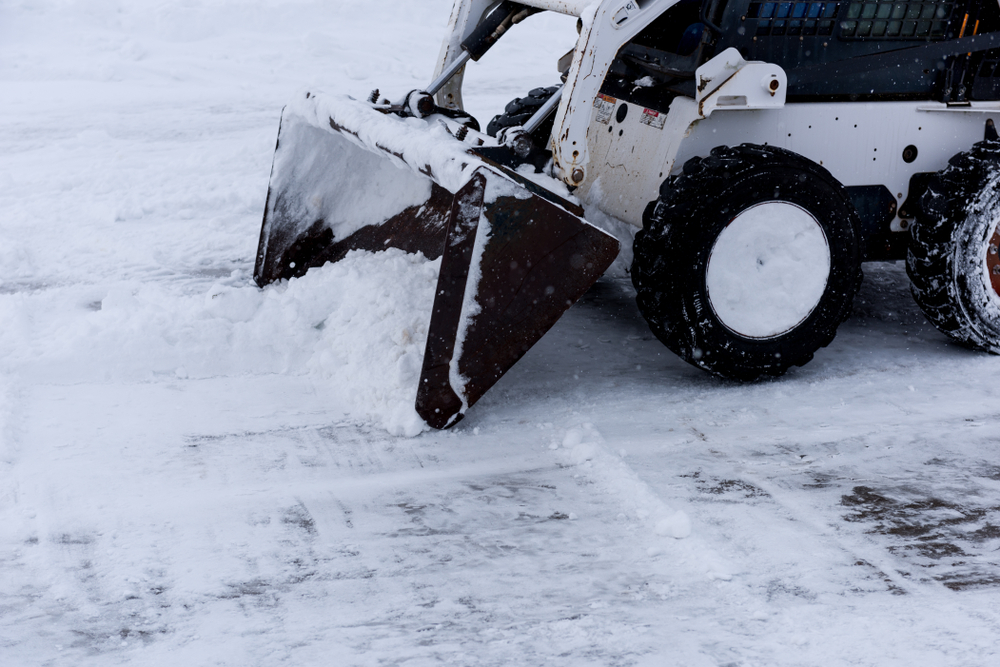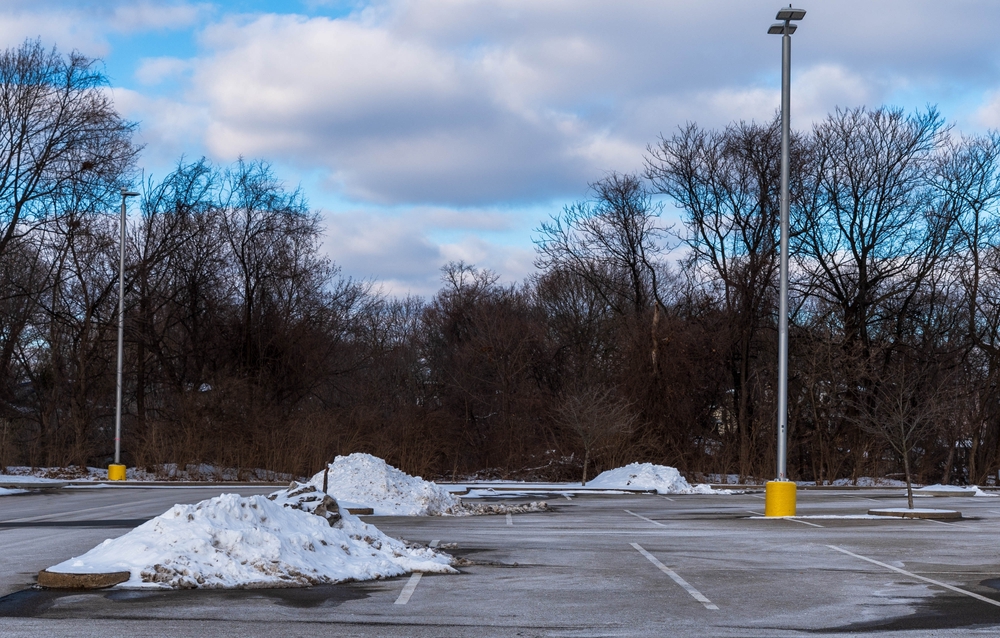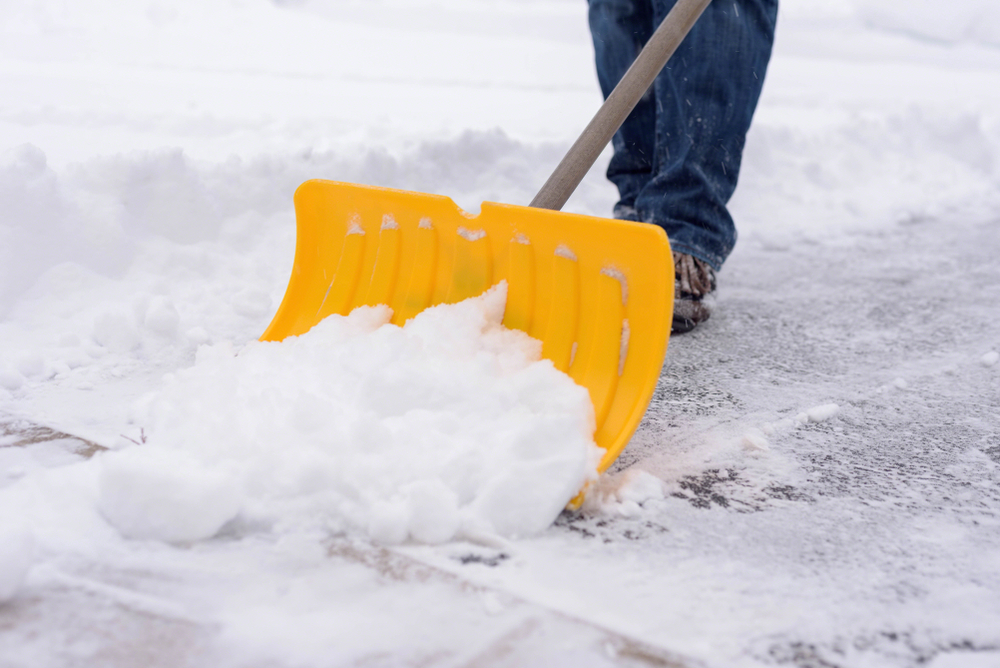For commercial properties, the challenge isn’t just the amount of snow—it’s the type. Different forms of snowfall impact business operations in different ways, from slowing traffic flow to burying loading areas or creating frozen layers that delay service vehicles. A dedicated snow removal team is equipped to handle it all, making sure parking lots, access lanes, and critical pathways remain clear and fully functional.
Professional snow removal in Lehigh Valley keeps commercial properties clear and operational, even during heavy winter storms. Here are the most common types of snowfall ranked by their level of disruption to business continuity.
1. Heavy, Wet Snow (Highest Disruption Level)
Dense, moisture-packed storms produce snow that is extremely heavy and difficult to manage with standard equipment. Wet snow compacts quickly, leading to slush accumulation that can overwhelm commercial sites.
Operational challenges include:
- Slowed turnaround due to weight and density.
- Overloaded lots and reduced access at loading areas.
- Increased difficulty managing snow piles because of volume and heaviness.
Because of the strain it places on both property and equipment, heavy wet snow is one of the most disruptive winter conditions.
2. Icy Snow and Wintry Mix (High Disruption Level)
When storms bring a mix of sleet, snow, and freezing rain, properties face extended accessibility issues. Ice layers bond to paved surfaces, making clearing and plowing more complex.
Impacts for businesses include:
- Slower mobility for vehicles navigating entry and exit routes.
- Extended clearing requirements as storms transition between ice and snow.
- Greater use of de-icing materials to fully break down surface buildup.
Wintry mixes pose long-lasting hurdles and require more intensive treatment than standard snow events.
3. Intense Band or Lake-Effect Snow (High Disruption Level)
Localized, high-intensity snow bands may drop several inches per hour without warning. These bursts can blanket cleared surfaces repeatedly, making it difficult to keep up.
Key disruptions include:
- Rapid accumulation in critical traffic zones.
- Ongoing clearing needs during storm peaks.
- Pressure on logistics and business operations if snowfall coincides with peak hours.
Because of its speed and unpredictability, band snow demands fast response and ongoing monitoring.
4. Blowing and Drifting Snow (Moderate Disruption Level)
Even after the storm ends, strong winds can push snow back across cleared areas. Entrances, drive lanes, and perimeter spaces often fill up again as light snow relocates into drifts.
Commercial effects:
- Continuous clearing needed despite no active snowfall.
- Uneven buildup blocking frequently used pathways.
- Additional time spent re-clearing priority areas like loading docks or parking rows.
Drifting snow requires consistent monitoring, which is why having a dedicated team makes such a difference in keeping properties accessible.
5. Dry, Powdery Snow (Moderate Disruption Level)
Light, powdery snowfalls are easier to move than heavy storms, but their low density causes them to drift and re-accumulate. During long storms, powder can pile up quickly on traffic routes and work areas.
Challenges include:
- Persistent re-covering of already plowed zones.
- Quick layering into deeper accumulation during prolonged events.
- Delays for vehicles if not addressed frequently throughout the storm.
Although lightweight, powder requires steady, ongoing clearing to keep operations on track.
6. Crust Layer or Refreeze Snow (Lower Disruption Level)
When daytime melting is followed by overnight cold, snow can refreeze into a hard surface layer. These conditions make plowing less effective unless addressed with the right equipment and treatments.
Business disruptions may include:
- Slower clearance as the crust requires multiple passes.
- Persistent buildup around traffic bottlenecks.
- Additional resource use for managing hardened layers.
Though less severe than fresh, heavy snowfall, refreeze events create challenges that lengthen clearing times without proper expertise.
7. Light Dustings and Flurries (Minimal Disruption Level)
Minor accumulations may seem negligible, but frequent small dustings add up. Left untreated, these repeated layers contribute to reoccurring coverage in high-use areas.
Common impacts include:
- Ongoing re-covering of entry lanes and outdoor walking paths.
- Delays for vehicles or delivery trucks if light layers are ignored.
- More resources drain when multiple minor storms overlap.
Even “small” storms require attention to ensure properties consistently remain ready for day-to-day business activity.
Why Snow Type Knowledge Matters
All snow is not the same. Wet, icy, powdery, or drifting conditions play out differently across commercial environments. The value of a dedicated snow removal team lies in understanding these differences and applying the proper strategy, equipment, and approach to each type.
Instead of one-size-fits-all clearing, a professional team adapts as conditions change, ensuring your property stays accessible and business operations continue without interruption.
An Allentown snow and ice removal company ensures commercial properties remain fully accessible and operational throughout the winter months.
How Our Snow Removal Company Handles Every Storm
At DMC SNOW, we specialize in managing every variety of snowfall across commercial sites. From dense storms that require large-scale equipment to drifting events that demand repeated attention, our crews are equipped and ready 24/7. By ranking and preparing for different snow conditions, we ensure parking lots, shipping lanes, and access routes remain functional all winter long.
With DMC SNOW as your partner, your property is prepared to handle whatever winter brings—no matter how the storm takes shape. Contact us today!





